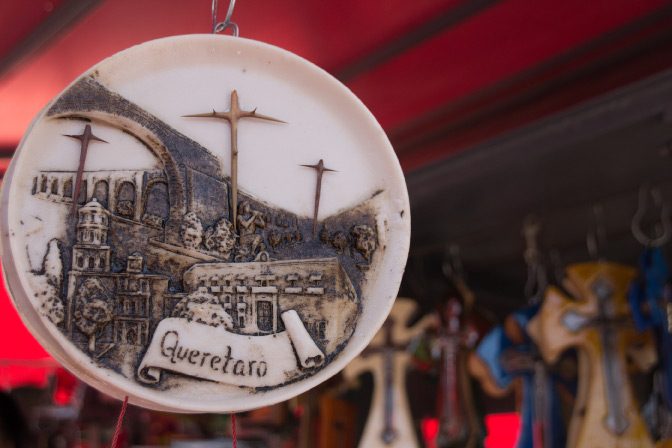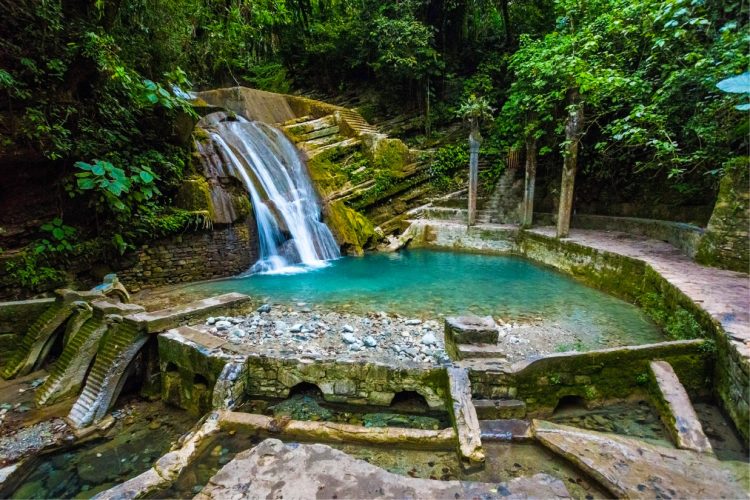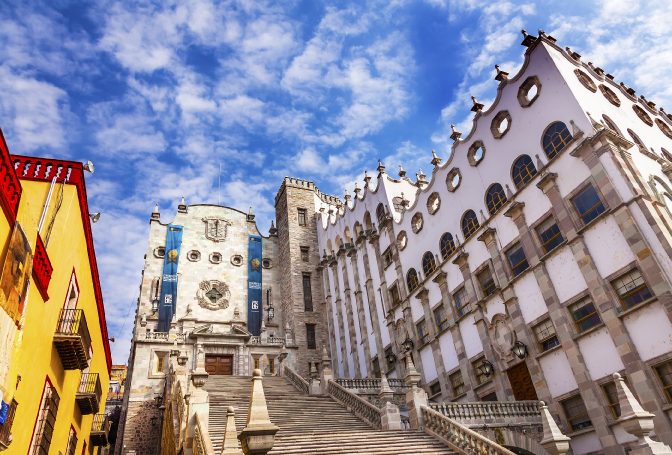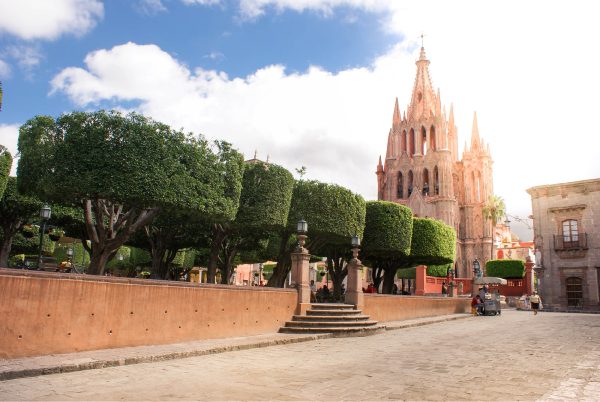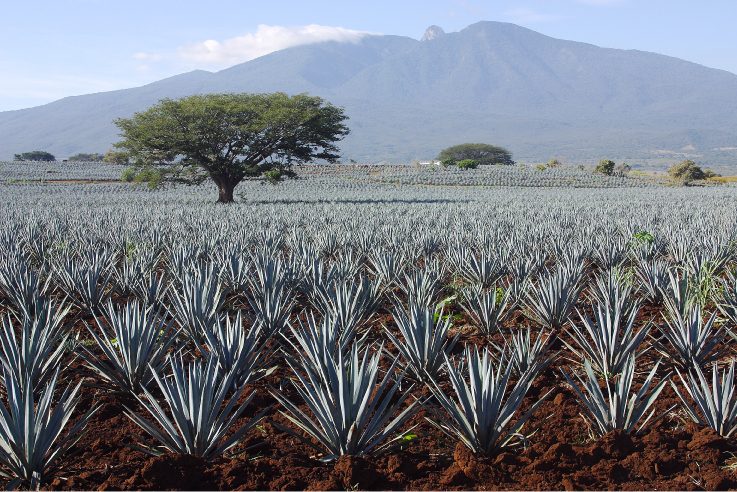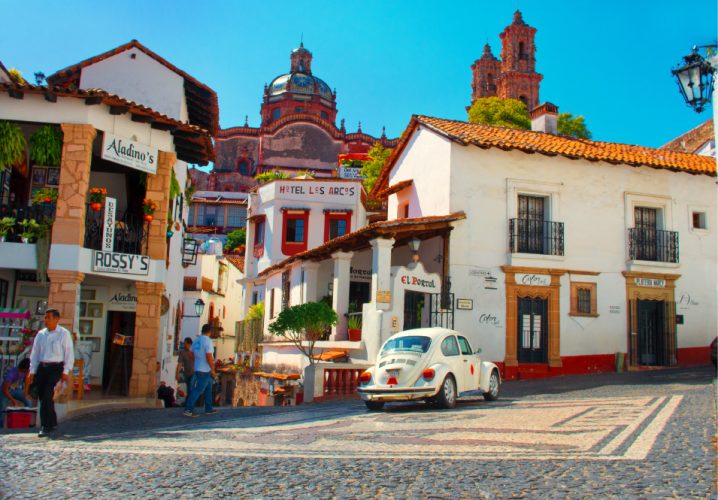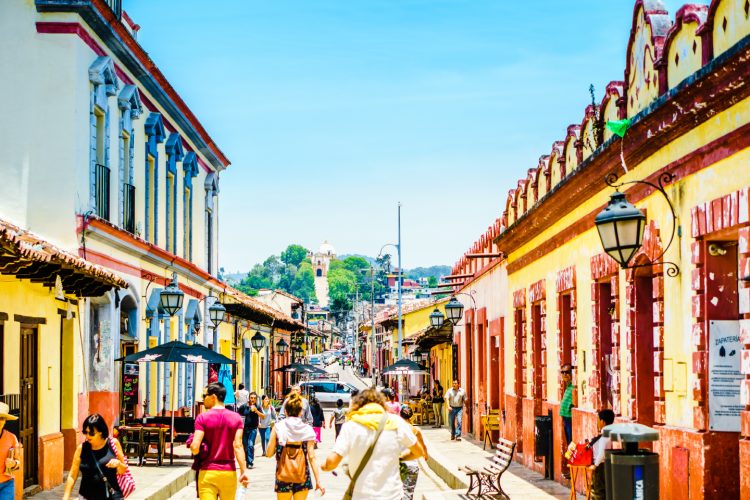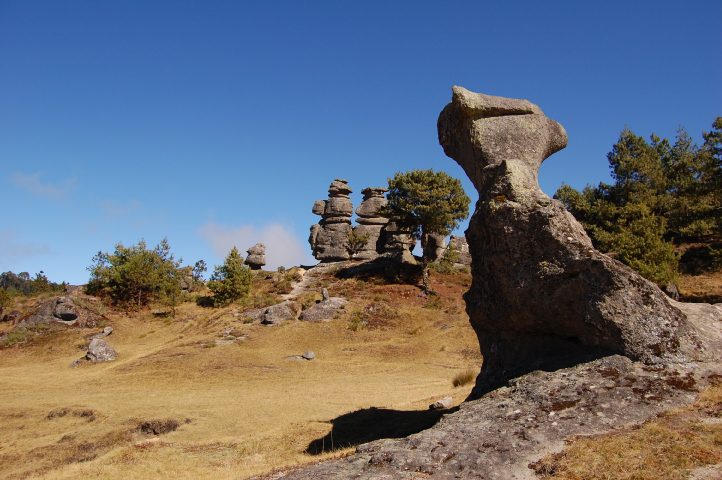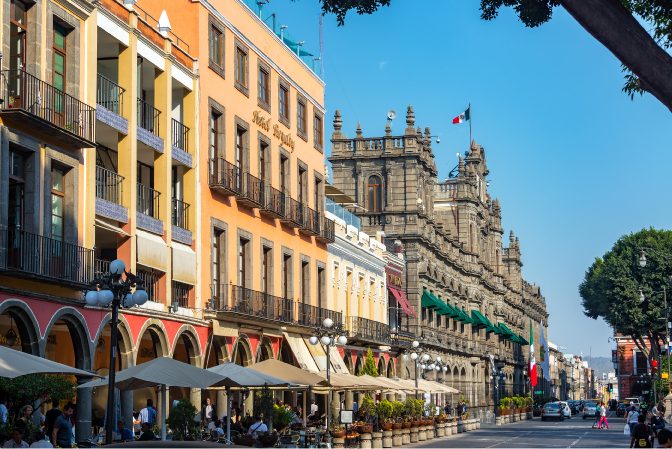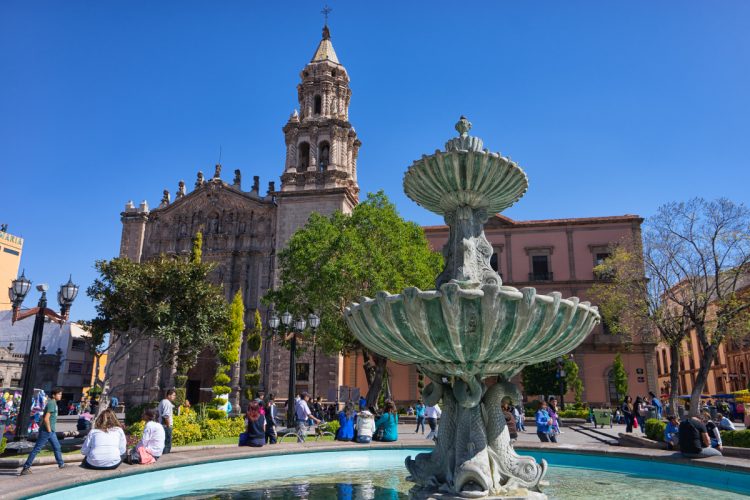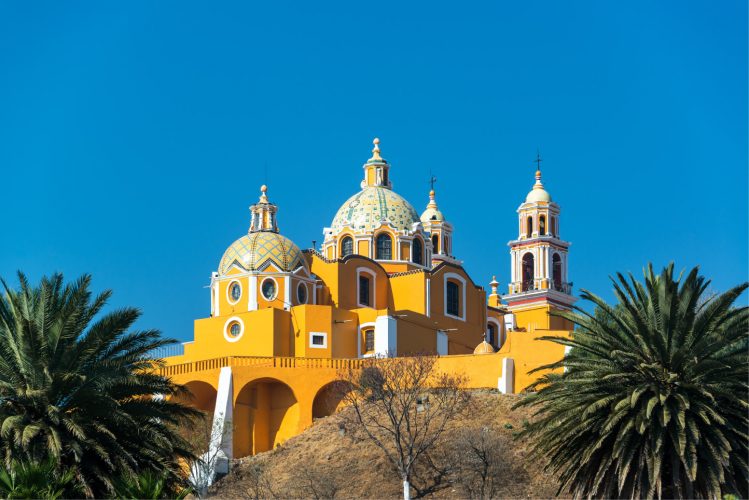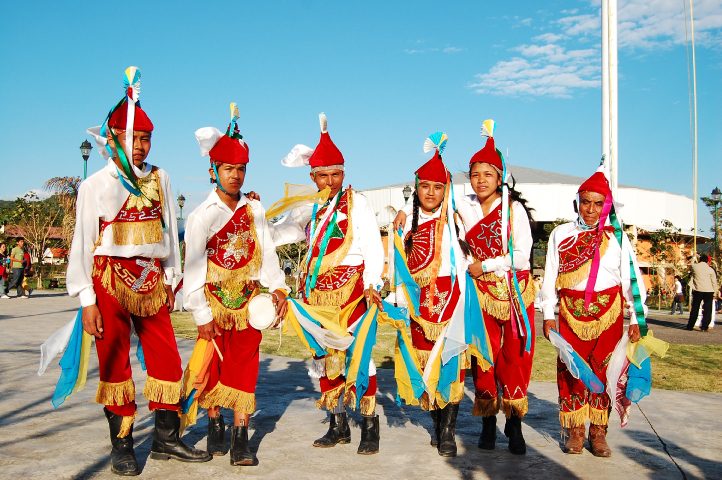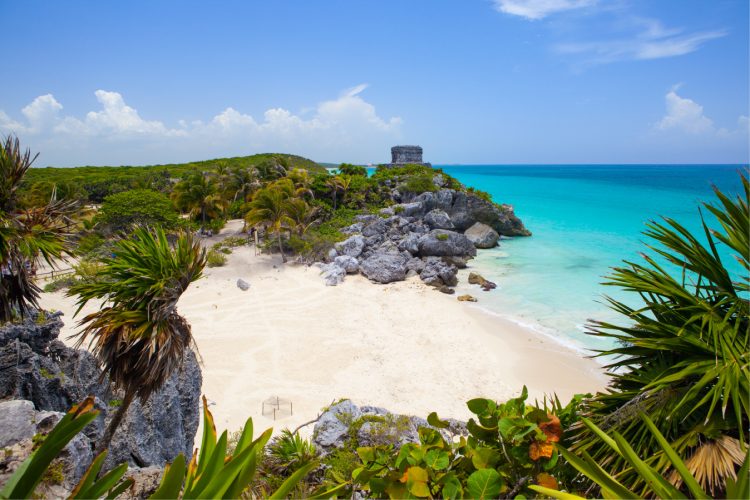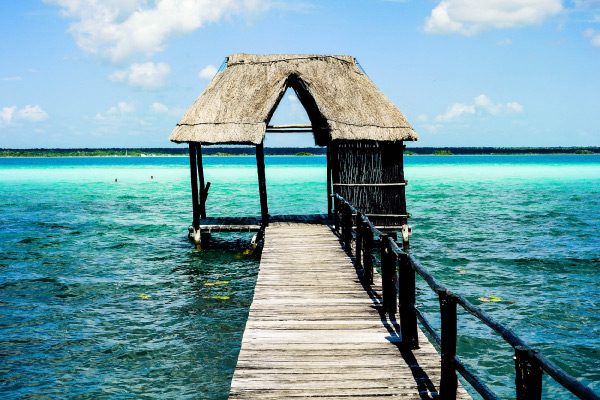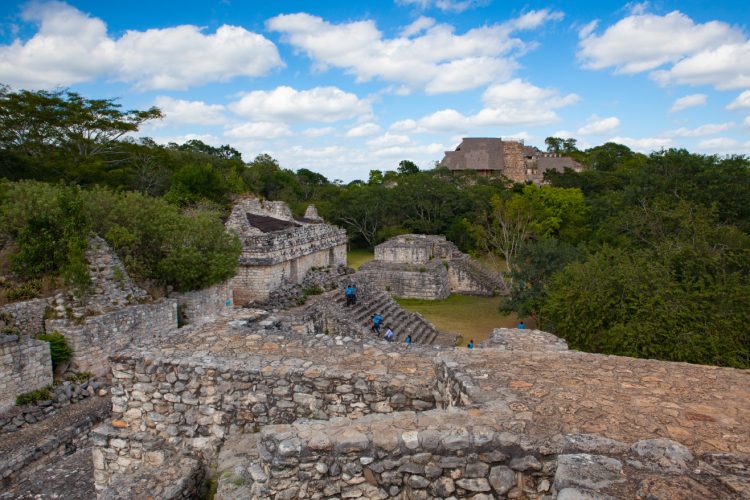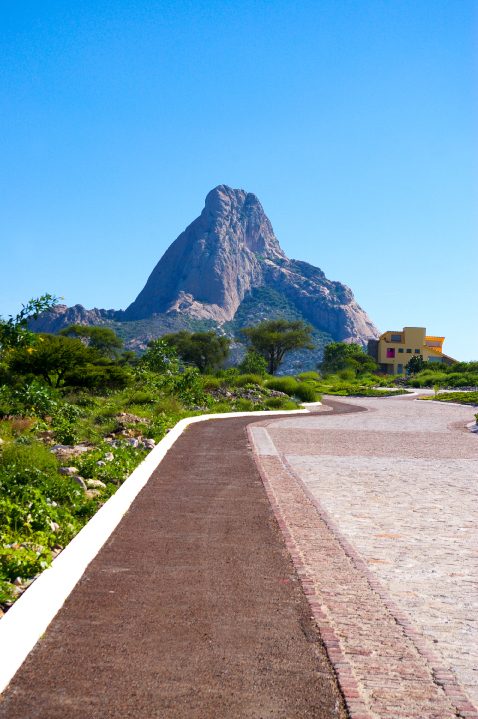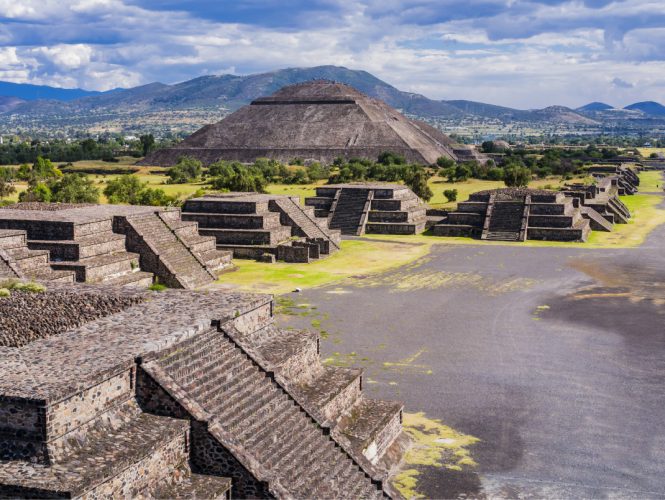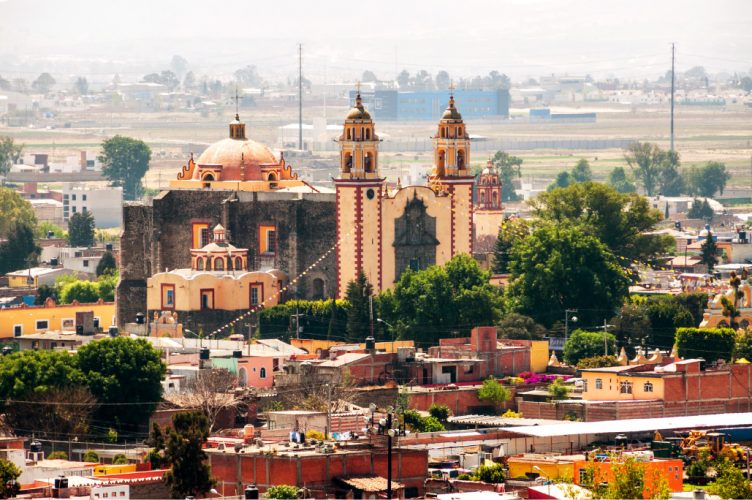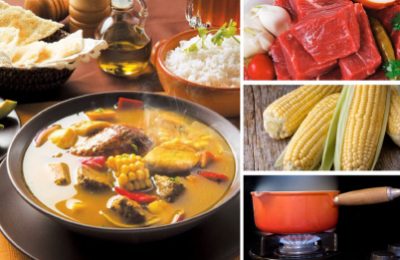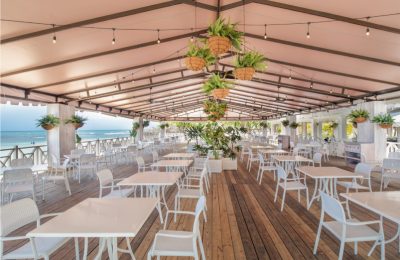Pueblos Magicos of Mexico is an initiative developed by the tourist board of Mexico, in association with several state and municipal governments. The main goal is to preserve and revalue those towns within the country that represent an alternative for locals and travelers.
There is a total of 111 towns and villages that are known as Pueblos Magicos of Mexico. While some of them are more popular than others, all of them have been recognized for having preserved intact a high degree of cultural diversity and history.
Why visit a Pueblos Magicos of Mexico?
If you’ve been in Mexico City or in Tulum and have managed to take a step outside your hotel then you may have already visited a Pueblo Magico. Each town holds a distinctive beauty, product of how time stood still in its streets and buildings and even in the customs and lifestyle of the inhabitants. How they cook, how they celebrate their festivities and how they all await to welcome travelers, so they also can have a taste of the truest Mexican roots, prior the modernism and cosmopolitan ways. Some of these towns have even become home to travelers who visited and stayed.
A Pueblo Magico can be a true spectacle to the eye of the beholder, where the European architecture styles and ways of yore meets the indigenous local culture, a perfect example being San Cristobal de las Casas in Chiapas. The town can also be the ideal destination for art, culinary trips and multicultural events taking place in charming surroundings, as it occurs in San Miguel de Allende in Guanajuato. Shopping for silver goods is possible in Taxco in Guerrero, and if you’re shopping for something more genuine to your experience then Tequila in Jalisco is your go-to Pueblo Magico, also recognized by UNESCO World Heritage –where the cobbled streets meet the agave plantations. Wine-making is possible in Parras de la Fuente in Coahuila, one of the earliest wine-making villages of the Americas.
When in Mexico, eat as Mexicans do, and if you’re looking to combine that with a cultural road trip then Tepoztlan in Morelos, Patzcuaro in Michoacan and Cholula in Puebla should be on your bucket list of Pueblos Magicos. Along with is Xilitla in San Luis Potosí, where the jumbo-sized tamales (zacahuiles), and raw-sugar flavored coffee (piloncillo) await you as part of the local popular delicacies. Combine crafts with delicious gorditas in Peña de Bernal in Queretaro, where the world’s second-largest monolith stands. A Paste Festival is held every October in Real del Monte in Hidalgo, which reflects the influence of the English culture left by immigrants settled in the past.
Looking for a change of pace, or even ambience? Step out of the resort and visit Bacalar in Quintana Roo, famous for its relaxing atmosphere and the seven-shaded lagoon. Valladolid, in Yucatan, is commonly visited in popular tours that include Ek-Balam or one of the surrounding ruins or cenotes. The popular flying men of Playa del Carmen actually originate from Papantla in Veracruz. Visit one of the largest aquatic parks in Ixtapan de la Sal, in Mexico.
Surfing and a laid-back lifestyle is possible in Todos Santos in Baja California Sur, where fruits also grow abundantly. There is the chance to go back to the times of cowboy hats and provincial lifestyle in Jerez, Zacatecas. The famous Copper Canyon Rail Route is accessible from Creel in Chihuahua, which can be explored as you pedal your way through its elegant temples and churches.
Where to go?
If you’re staying in Mexico City and have no plans for the weekend, here are the nearby Pueblos Magicos you can visit: Malinalco, Tepoztlan, El Oro, Aculco, Mineral del Chico, Teotihuacan, Anguangeo, Metepec, Tlayacapan.
For a themed getaway, explore Tequisquiapan, Bernal and Cadereyta, all three in Queretaro and part of Mexico’s cheese and wine route. A delicious weekend awaits!
For pre-Hispanic treasures, culinary adventures and the best hidden-gems of the country we’re recommending spending a few days in Puebla exploring some of its most distinctive Pueblo Magicos: Cholula, Atlixco, Cuetzalan, Zacatlan, Huauchinango and Chignahuapan.
As you can see there are many ways in which you can combine your tour around the Pueblos Magicos, it all depends on what you want to experience.
Where can I find online information about Pueblo Magico of Mexico?
If you have the time to explore Mexico and want to marvel at how time stood still in its Pueblos Magicos then we definitely recommend visiting www.pueblosmexico.com.mx. While the site is in Spanish only, it offers extremely detailed information about all 111 Pueblos Magicos, routes, attractions and maps. Its content is very well redacted, making it easy to translate using an online tool.




